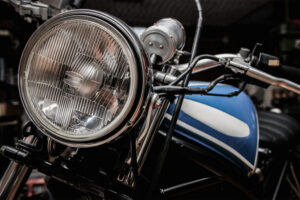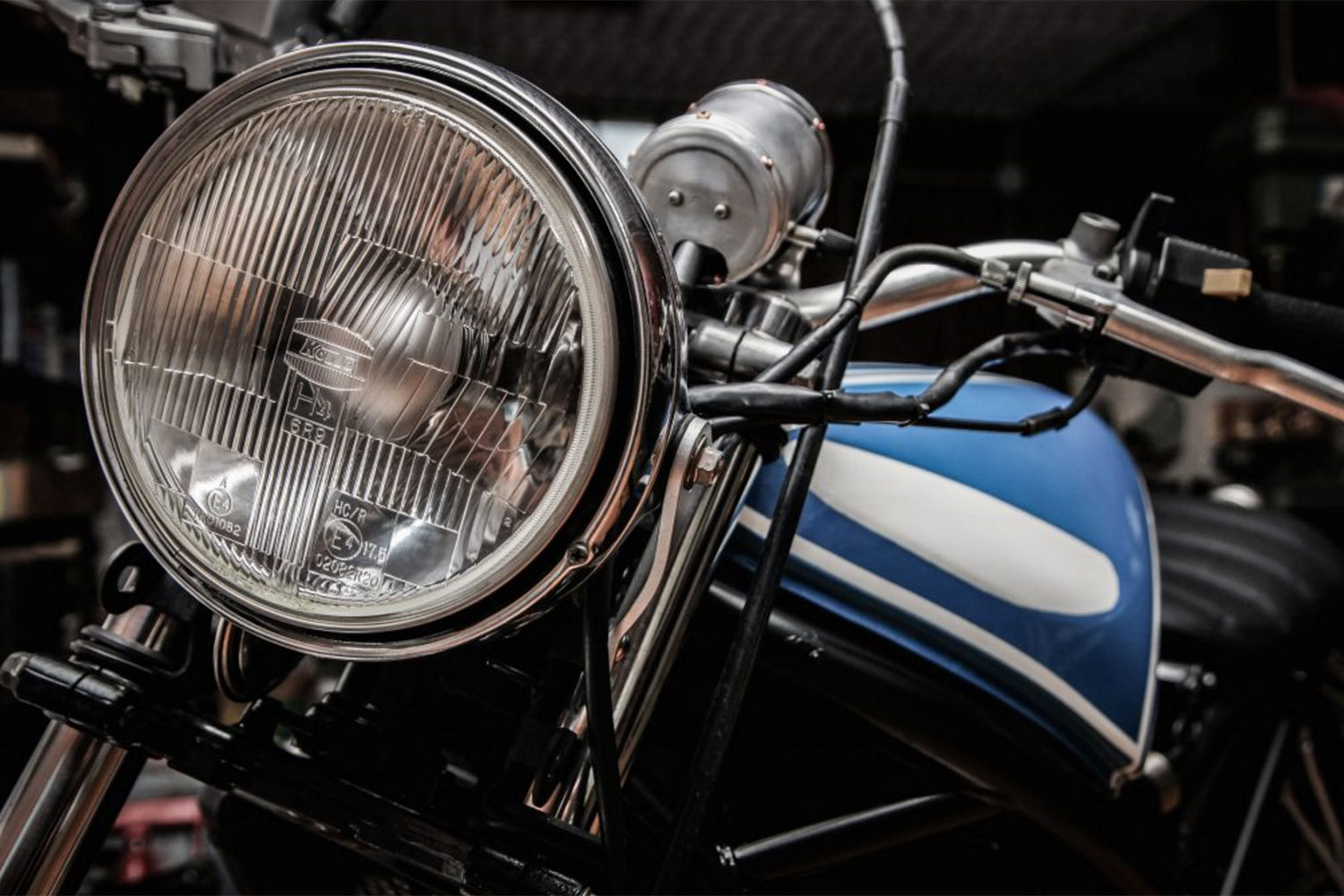Every year when winter season rolls around in the Pacific Northwest, many motorcyclists will put their bikes into storage, patiently waiting for springtime. However, there are the few that choose to brave the elements and ride throughout all seasons, including winter. With careful preparation and taking necessary precautions, winter motorcycle riding can be both an enjoyable and safe experience.
Our team at Evergreen Motorcycle Attorneys share our top motorcycle tips to help keep you safe when riding in the winter and prevent a Washington motorcycle accident this season.
Proper motorcycle prep
Before you head out on the road, make sure your bike undergoes careful inspection for mechanical problems. If you’re a year-round rider, taking the time to service your bike properly will make winter riding a safer experience. From the lights to the brakes, every component of your bike should be in working order. If you have even the slightest concern, it pays to have the issue looked at by a professional motorcycle mechanic.
In addition, well-performing tires are important to winter riding. Worn-out tires decrease handling and become susceptible to punctures. Check the tire treads often, making sure your bike has at least 50 percent tread wear before taking it out on the road. Maintaining the correct air pressure is also crucial to the tires’ steering, traction, load-carrying capabilities, etc.

Suit up and layer up
Layering up will keep you insulated to face the cold temperatures. The number of layers you wear is based on the weather and personal preference. However, you don’t want to bundle up to the point that you lose mobility. For that reason, choose quality over quantity when selecting winter motorcycle gear. Your base layer should always be a type of thermal or fleece underwear.
Your outer layer must be both wind and waterproof to protect against unexpected moisture, such as rain or snow. Wind, specifically windchill, is the toughest challenge for winter motorcycle riders. While leather jackets are a popular choice for many, high-quality rain gear will provide an additional exterior layer and break the wind. Since it gets dark so early during the winter, Evergreen Motorcycle Attorneys highly recommends wearing a brightly colored outer layer to help other drivers see you, such as a high-viz jacket.
The NHTSA reports that lower-extremity injuries are among the most common sustained by motorcycle riders. Invest in full-coverage motorcycle boots to help protect your feet and ankles and provide grip. You’ll want to make sure your boots are waterproof and contain a thermal liner to keep your feet insulated.
Gloves, socks or neck warmers and other winter necessities are critical motorcycle gear to not skimp on. You can also consider installing additional motorcycle modification, such as a windshield or heated grips, to help improve your winter riding experience.
On the road
Always check weather conditions before leaving your home, and keep an eye on local forecasts. If it is snowing outside, expected to snow, or if it rained and then temperatures dropped to freezing, keep your bike at home. As seasoned and experienced as you may be, snow can quickly accumulate or melt and freeze into black ice, and lead to slick road surfaces.
Before you head off to your destination, take extra time to warm up your tires. Cold weather will result in cold tires, which equals less traction. The key to successfully winter riding is to take it slow, applying extra caution to everything on the road that could be a hazard. Change lanes only when you have to, and maintain a sizable following distance between you and the cars around you.
Be aware of sand or salt on the roadways. While this is helpful to most drivers, it can be a danger to bikers, especially after the snow melts. Snow plows can also create cracks or potholes on the pavement, so it’s imperative to watch out for bad road conditions and unexpected ice patches.
Finally, ride defensively. Expect that drivers will not see you. Protect yourself.

